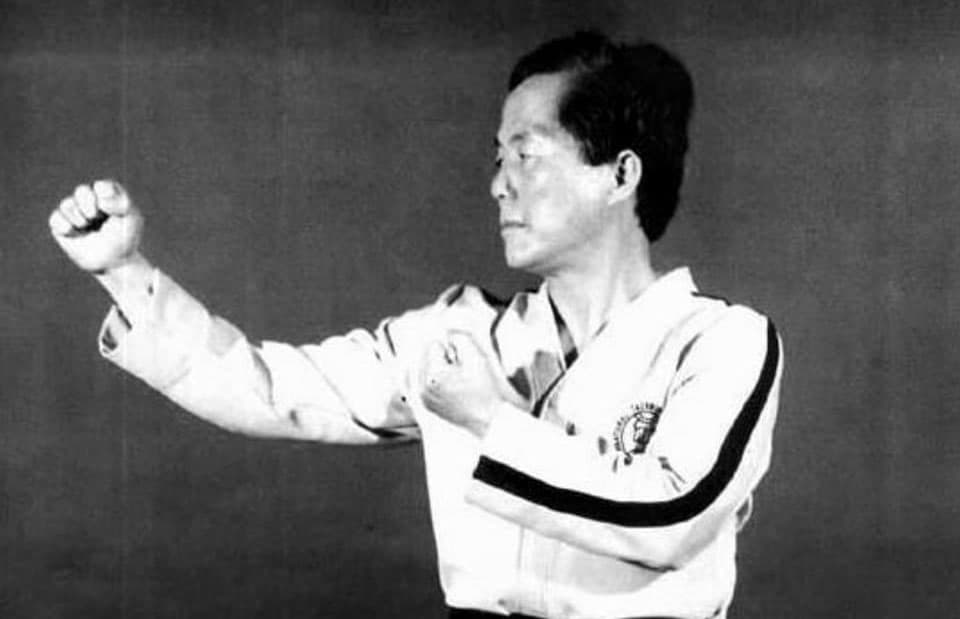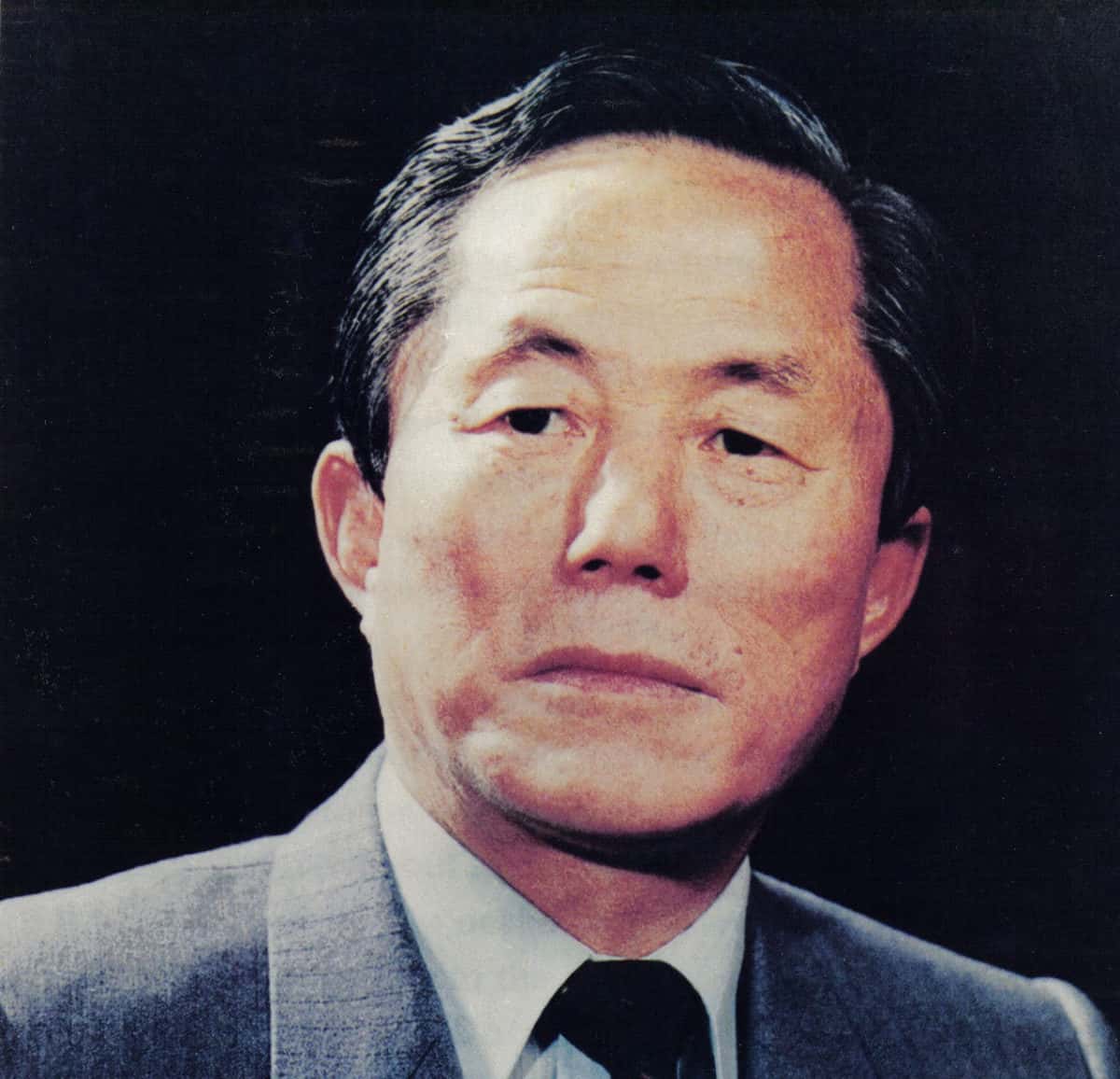
Widely regarded as the founding father of Taekwondo, Grand-master General Choi Hong Hi was one of the greatest martial artists of the 20th century.
The biography of founder of Taekwondo, South Korean General Choi Hong Hi starts with his early life as it helped in the future development of Taekwondo. General Choi was a very interesting and sometimes controversial figure in both Korean and TaeKwonDo history.
General Choi is credited with the international spread of Taekwondo, one of the most popular martial arts styles in the world. If you’ve been wondering about General Choi and how he created Taekwondo, you’ve come to the right place.
Early Life of General Choi
Choi Hong Hi was born in a remote part of Myong Chun District of what is now North Korea on November 9th, 1918. According to various tales recounted by his fans, Choi was a sickly and frail child, which was a concern to his parents. But despite his small stature and weak physique, Choi was a willful child who displayed a strong and independent spirit even at such an early age.
At a tender age of 12, Choi was expelled from school for standing up and leading a protest against the Japanese authorities who were in control of Korea. This would be the start of his lifelong association with numerous Korea’s Students’ Independence Movements.
After his dismissal from school, his father took him Mr. Han II Dong, who was one of the most famous calligraphy teachers in Korea at the period.
Choi was expected to study calligraphy and Chinese characters. Mr. Dong, who was also a skilled martial artist specializing in Taek Kyon (a primeval Korean martial art that involved foot fighting) had concerns over Choi’s frail physique. As a result, he began teaching the young Choi the rigorous exercises of Taek Kyon to help him build his physique.
Studying in Japan
In 1937, Choi traveled to Japan to study English and Maths. But before traveling to Japan, Choi disagreed with a huge wrestler named Hu. The wrestler threatened to tear Choi from limb to limb if he ever returned to Korea.
The prospect of a future fight with Hu inspired Choi to take Karate classes while in Japan just in case he had to defend himself from Hu upon his return to Korea.
When he arrived in Kyoto, Japan, Choi met a Karate instructor named Kim, who was also of Korean descent. The pair soon struck a lasting friendship and Choi began taking Karate classes.
Two years after arriving in Japan, Choi was so skilled that he attained both 1st and 2nd Dan (first and second-degree black belts) in Karate. Choi also went to preparatory school, high school, and the University in Tokyo before returning home in 1942.
Military Career of General Choi
With the outbreak of World War II, Choi was conscripted –against his will- into the Japanese Imperial Army upon his return to Korea in 1942. Choi had grown up under the terrible treatment of Koreans under the brutal control of the Japanese Empire.
For this reason, he and other Korean student soldiers conspired to rebel against the local Japanese authorities with the main aim of joining the Korean Resistance Army.
Unfortunately for Choi and his comrades, their plan came to a screeching halt when they were turned in to the Japanese military by a Korean collaborator. He was imprisoned for treason awaiting execution but given his naturally willful spirit, Choi never gave up. Instead, he continued practicing martial arts and improving his craft while in captivity.
When Korea was eventually liberated at the end of WWII in August 1945, Choi was released from prison. He moved to the south to join the growing democracy movement that was taking place in Seoul.
While in Seoul, Choi joined the first Korean Army Military Academy in January 1946 as one of its draftees. From 1946 to 1951, Choi rose through the military ranks from second lieutenant, first lieutenant, lieutenant colonel, captain, major, to brigadier general. Choi was eventually promoted to major general in 1954.
The Development of Taekwondo
While in the Korean Army, General Choi began teaching martial arts to his soldiers, as well as to American soldiers serving in Korea. It was during this period that he named his new technique, Taekwondo in 1955.
The new Korean martial arts of self-defense that revolved around the fighting pattern of combining Tae (foot), Kwo (fist), and Ndo (art) soon became a source of national pride in South Korea. General Choi would then train instructors who would then train the entire South Korean Army on this new martial arts technique.
Through General Choi’s leadership, Taekwondo began as a military training but quickly spread to the civilians. On his part, General Choi had a dogged determination to spread Taekwondo internationally and began working on this dream in 1959.
In South Korea, General Choi played a prominent role in the formation of the Korean Taekwondo Association with him as its President. In 1965, the South Korean government declared Taekwondo the country’s national sport.
Taking Taekwondo to the World
One of General Choi’s greatest achievements in his quest to take Taekwondo to the world was when he created the International Taekwondo Federation in 1966. Now a retired 3-star General and a Korean ambassador, General Choi led a Taekwondo goodwill mission throughout Asia, Africa, North America, and Western Europe.
In essence, General Choi was on the right path in ensuring that Taekwondo became an international sport and a worldwide martial arts technique. Taekwondo had associations in several countries including Singapore, Vietnam, U.S., Malaysia, West Germany, Egypt, Korea, Italy, and Turkey.
Exile and the Continued Spread of Taekwondo
At the height of the Cold War in 1971, the then South Korean President started using Taekwondo as anti-communist political propaganda. General Choi was sternly opposed to the use of Taekwondo has a political tool and went into voluntary exile in Canada. General Choi, however, continued to teach and spread Taekwondo throughout the world including in North Korea.
General Choi’s love for Taekwondo was evident on several occasions even when his life was in danger. For instance, there was a time when his son and daughter were kidnapped in South Korea and their lives were under threat if he didn’t return to the country.
Instead, General Choi infamously refused and was quoted saying that he’s chosen Taekwondo over the lives of his son and daughter. They were eventually freed.
The Death of General Choi
General Choi died of stomach cancer on 15June 2002 in Pyongyang at the age of 83. He left behind his wife, Choi Joon Hee, son, Jung Hwa, daughters, Meeyun and Sunny, and several grandchildren.
Legacy
At the time of his death, General Choi had achieved his dream of taking Taekwondo to the world. The martial arts had become an Olympic sport in 2000, the same year he was named the most influential martial artist of the century. While General Choi’s military career was spectacular, his unwavering dedication to Taekwondo will indisputably remain part of his enduring legacy.

